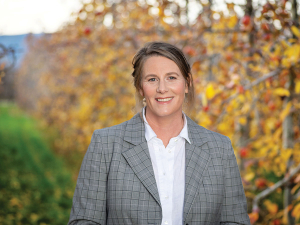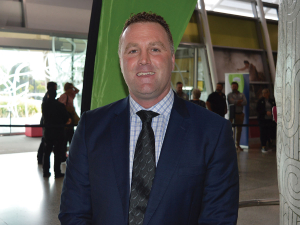Environment Minister David Parker recently told a Forest & Bird meeting about the Productive and Sustainable Land Use package unveiled in the Budget. Here are excerpts from his speech.
The Productive and Sustainable Land Use Package is a key Budget initiative committing $229 million over four years.
This will help us tackle the environmental issues New Zealanders in rural and urban areas care about. It will support the primary sector cornerstone of our economy to both transition and increase the value of its exports.
It will help us reverse the trend of degradation and manage the transition as efficiently as possible.
Our water, land and climate are all under pressure. This year the Government is making significant decisions on the framework for addressing these issues.
My ministerial responsibilities include water, and I am personally committed to improving water quality and ecosystem health.
It is more cost effective to stop catchments deteriorating than to restore them once they are degraded. Many communities are ready to protect waterways but some need help to make this possible.
The Wellbeing Budget invests $12m in supporting initiatives in lakes, rivers and wetlands most at risk.
This funding is for people on the ground to facilitate, leverage and accelerate community led action. It is not for grants to plant trees. There are other local and central government funds already available for that. This funding is for trying new approaches and overcoming hurdles preventing action.
Improving the way we use land can have significant benefits for the health of our waterways and contribute to our climate change goals while supporting our communities and businesses. Reducing polluting outputs can also reduce the waste of costly inputs.
My colleague Damien O’Connor and I agree that the future for the primary sector in NZ lies in more value rather than more volume.
Many in the primary sector are already responding to market signals and meeting consumer and public demand for more sustainable, high value products.
For those progressive farmers and growers, the transition to sustainable land use is already underway. The Wellbeing Budget provides more support to make that transition.
Managing the environmental impact of agriculture and horticulture requires different actions depending on the type of operation, the location and type of land, the stock and crops being grown and other local circumstances.
Many farmers and growers, agribusinesses and primary sector industry organisations have already adopted the concept of farm environment planning as a useful way to decide what practices and changes are required in their particular circumstances.
Through the Good Farming Practice Governance Group, primary sector organisations have set their own target of every farmer and grower having a farm environment plan by 2030.
To support the farm planning approach, the Government is investing $17m to develop good practice standards.
Getting every farmer and grower operating at good practice, which can be demonstrated to customers, is a major and significant step forward. Assistance to farmers will go hand-in-hand with the new rules that will have to be met and will be enforced.
As you all know, the Essential Freshwater package has three objectives at its core: to stop further degradation, to reverse past damage, and to address allocation issues. And we are working on a package of national direction – updating the National Policy Statement for Freshwater and introducing a new National Environmental Standard. That package will signal clearly where improvement is needed, and over what time. I anticipate that we will be releasing this package for consultation in the next few months, likely late July or August. The Productive and Sustainable Land Use package will support the implementation of these stronger new rules for freshwater.


















